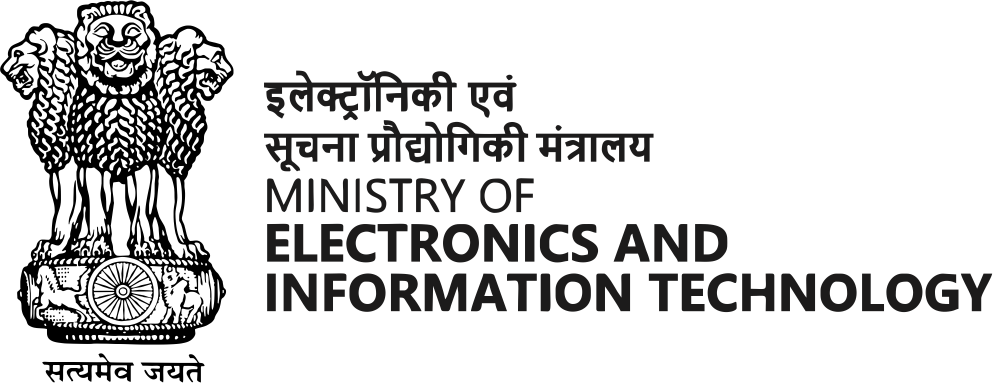Digital devices usage by Government Employee
Government offices have undergone a dramatic shift due to digital technology. The days of paper trails and in-person queues are slowly fading. Emails and messaging apps have replaced slow-moving memos, allowing for quicker communication and collaboration within and across departments.
Digital technology has significantly impacted the daily work of government employees by streamlining tasks, enhancing efficiency, communication and service delivery. Employees now use computers and mobile devices to manage and access digital documents, reducing reliance on paper and speeding up processes. Video conferencing and collaborative tools enable remote work and virtual meetings, fostering better communication and flexibility. Overall, these changes have led to more efficient office management, improved communication, and enhanced service delivery.
- Few Benefits of digital device usage for Government employees
• Efficiency: Streamlines operations and reduces paperwork.
• Communication: Enhances internal and public communication.
• Service Delivery: Improves the accessibility and quality of public services.
• Data Management: Facilitates accurate data collection, storage, and analysis.
• Transparency: Promotes transparency and accountability in government processes.
• Accessibility: Ensures services are accessible to a broader audience
- Different kinds of digital devices and their utilization in government offices
A variety of digital devices are used by government officials for their day to day tasks both for official and personal purpose. These devices include computers, laptops, smartphones, tablets, servers etc., which are used for administrative tasks, communication, and data management. Additionally, networking equipment, Wifi, GPS etc., is also used to carry out different tasks. Mentioned below are few such devices and how they are put to use by officials.
Computers (Desktops and Laptops)
• Administrative Tasks: Email, document creation, data entry, and report generation.
• Service Delivery: Managing e-government portals and public records.
Mobile Devices (Smartphones and Tablets):
• Field Operations: Inspections, data collection, and surveys.
• Communication: Email, messaging, and real-time updates.
Servers and Databases:
• Data Management: Storing and managing large datasets securely.
• Hosting Services: Running government websites and applications.
Networking Equipment:
• Connectivity: Ensuring internet and intranet access for communication and data transfer.
• Security: Implementing firewalls and VPNs for secure connections.
GPS and GIS Devices:
• Navigation: For transportation planning and emergency response.
• Mapping: Urban planning, resource management, and environmental monitoring.
Video Conferencing Tools:
• Meetings: Virtual meetings, conferences, and remote collaboration.
• Public Engagement: Webinars and virtual town halls.
E-Learning Platforms:
• Training: Online courses and training programs for professional development.
• Knowledge Sharing: Webinars and digital resource libraries.



